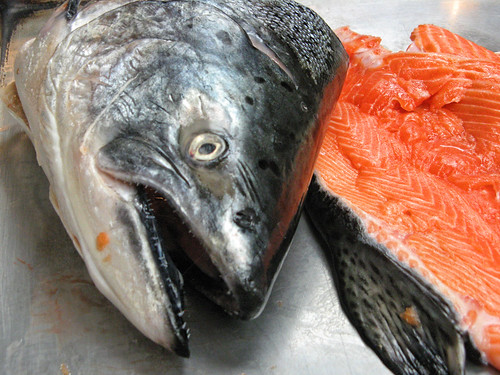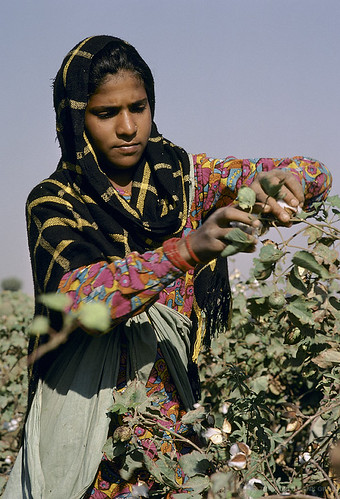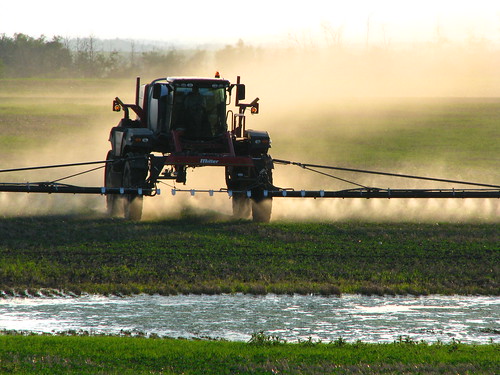February 2012
 |
| Bee on clover. Photo by Guerito on Flickr |
Honeybee populations have been in serious decline for years: not just a few deaths here and there, but total annihilation of entire colonies. Many possible causes have been put forward, but none has been able to explain the huge scale of the collapse.
The most rational explanation, as one insect specialist recently described it is that the modern world is subjecting bees to “death by a thousand cuts”. These cuts range from disorientation induced by mobile phone masts, to parasitic and other diseases, to chemical poisoning. Whereas the mobile phone masts are localised and stay that way, and treatments for identified pathogens can be developed, chemicals are another matter: they are ubiquitous, mobile, infinitely varied, and toxicologically interactive.
Amidst the rising concern about the extent of chemical contamination of our environment, one of the most frequently touted benefits of GM crops is that they reduce chemical pesticide use. This is good PR used to present major commodity crops such as corn into a 'green' option.
In reality, these crops only produce artificial 'Bt' insecticides against a limited number of pests. The remaining insects which attack the crops are not well controlled by Bt. To overcome this, and perpetuate the myth the Bt crops use less pesticide treatments, virtually all corn seed is now doused in 'neonicotinoids', synthetic derivatives of nicotine which kill insects by attacking the nervous system.







